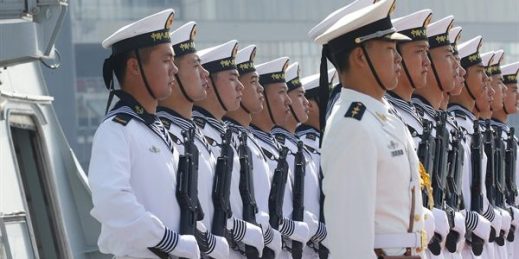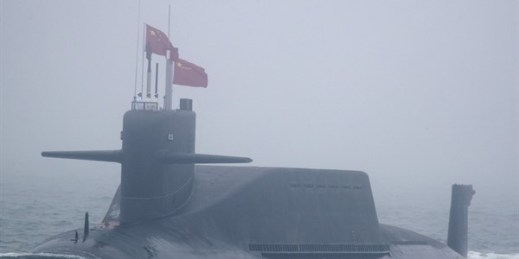
Under the leadership of President Xi Jingping, China has been pouring resources into its military arsenal in pursuit of a technologically advanced, integrated force. Its accomplishments to date have weakened U.S. military deterrence in the region, leading some smaller states to question Washington’s ability and willingness to intervene in the case of a conflict involving China. But Beijing’s strategy has also come with some political costs. Earlier this week, on Trend Lines, WPR’s Peter Dörrie sat down with Timothy Heath, RAND’s senior intelligence and defense expert, to discuss China’s growing military capacity and what it means for the United States and its allies. […]

